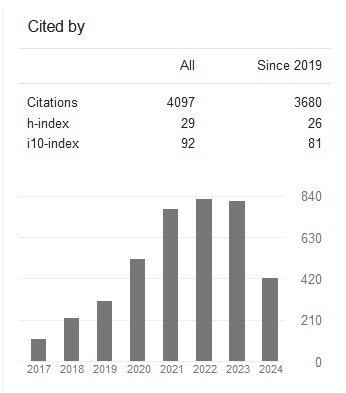Food Supply Chain Strategies during the COVID-19 Pandemic( Vol-6,Issue-12,December - December 2020 ) |
|
Author(s): Ria Indriani, Supriyo Imran |
|
Keywords: |
|
|
resilience, food, availability, consumption, distribution. |
|
Abstract: |
|
|
Due to its role in fulfilling the community’s need for nutrition and a strategic economic commodity, beef is considered pivotal. The early system of beef commodity distribution obliges manufacturers to process beef in several stages, starting from beef cattle farmers to retail beef traders, beforeit reaches consumers. Such a long beef supply chain is allegedly one of the causes which bring about its expensive price, especially during the COVID-19 pandemic. Accordingly, this research aims to collate a beef supply chain strategy during the COVID-19 Pandemic. This research was conducted in GorontaloIndonesia in June-August 2020. Sampling was done using the snowball sampling technique, from the farmers, traders, and butchers. Data analyzed in this research were primary and secondary. The data analysis used was the SWOT analysis. Our findings led us to formulate four beef supply chain strategies, i.e., 1) SO strategy: developing beef cattle breeding centers, delivering technical guidance and intensive socialization to farmers, developing reliable and sustainable institutional partnerships, and socializing agricultural waste-based food processing technology to farmers; 2) WO strategy: exerting the government’s supports, i.e., equipment, capital, fodders, breeds, vitamins, storage equipment, and drugs for cattle and farmers, orienting the management system to semi-intensive and intensive patterns through a crop-livestock integration system), socializing a marketing information system to farmers, and using information properly; 3) ST strategy: protecting domestic markets, overcoming reproductive diseases and maintaining cattle health, and socializing digital marketing and product diversification; and 4) WT strategy: developing agribusiness markets and market operation, granting business credits to traders, and complying with the government regulation on the standard price for the sale of beef cattle and beef. |
|
| Article Info: | |
|
Received: 16 Nov 2020; Received in revised form: 01 Dec 2020; Accepted: 06 Dec 2020; Available online: 22 Dec 2020 |
|
Cite This Article: |
|
| Show All (MLA | APA | Chicago | Harvard | IEEE | Bibtex) | |
Share: |
|

 DOI:
DOI: 



























